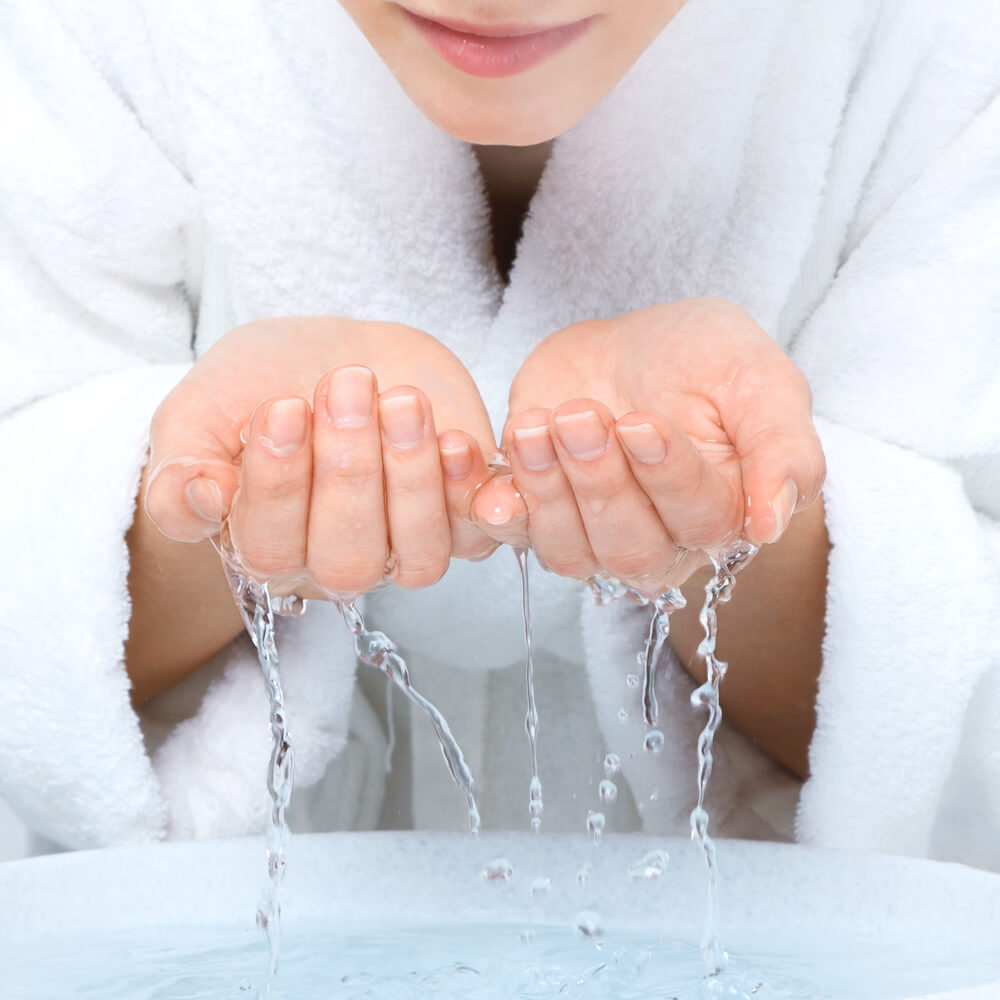One possible, dangerous pollutant in our drinking water is lead, and most everyone knows about the lead crisis, here in northern New Jersey. It’s easy to know if your business or home has a lead problem with a FREE water test. Once you know, the team at Advanced Water Softening is here to guide you to clean and healthy water. One of the services we offer is reverse osmosis.
What Is Reverse Osmosis?
Let’s first learn a few terms that you will find on HowStuffWorks that will help you better understand the reverse osmosis process.
- Water is a solvent because it can dissolve a solute, “a substance dissolved in another substance (aka solvent).
- Semipermeable membrane “allows some particles to pass through (by size) versus a “selectively permeable membrane “chooses” what passes through (size is not a factor).”
- Osmotic pressure “is the minimum pressure which needs to be applied to a solution to prevent the inward flow of its pure solvent across a semipermeable membrane.”
Understanding Osmosis First
Osmosis “is the spontaneous net movement of solvent molecules through a selectively permeable membrane into a region of higher solute concentration, in the direction that tends to equalize the solute concentrations on the two sides.”
The sugar water example is an excellent explanation. Indeed, using a U-tube, “a beaker, shaped in a u-shape, with a semipermeable membrane separates the tube into two chambers”. On one side, pour sugar water. On the other side, pour pure water. “The level of liquid in the sugar water arm will slowly rise, as the solvent moves through the semipermeable membrane.”
The result is that water magically moves to obtain balance. It will “move on over to make the concentration more equal or until the osmotic pressure is reached”. The pure water (solvent) weakens the solution containing the sugar (solute).
Understanding Reverse Osmosis
As defined on HowStuffWorks, “reverse osmosis is one of the processes that makes desalination (or removing salt from seawater) possible. Then, reverse osmosis is used for recycling, wastewater treatment, and can even produce energy.”
Reverse osmosis differs from osmosis (equalizing the solutions on both side of the U-tube). This process moves only the water from the sugar water solution over into the side with only pure water. Thus, the sugar is left behind.
But how can this be done? As explained, applying pressure to the sugar solution side, “enough to counteract the natural osmotic pressure from the pure water side”. Then, the sugar water is pushed through a determined sized, semipermeable membrane that only allows the water to pass.
Reverse Osmosis Removes Certain Minerals and Chemicals Out of Water
As HowStuffWorks easily explains, “reverse osmosis is also one of the few ways that we can take certain minerals or chemicals out of a water supply”. Reverse osmosis filters “impurities, on a large scale in a way that a charcoal-based filter can’t”.
Advanced Water Softening: Water Purifying Services to Deliver Clean and Healthy Water
At Advanced Water Softening, we deliver the bests water purification solutions to North New Jersey. Indeed, systems are not the same, and we use products made by WaterCare, the leaders in the industry.
Before you do anything, get your FREE water test so that you are getting the most efficient water purification system, treating for the water problems you may have. In fact, if you have a lead problem, you will love all the benefits from our reverse osmosis system. Most of all, you will love the benefits of having clean and healthy water.






